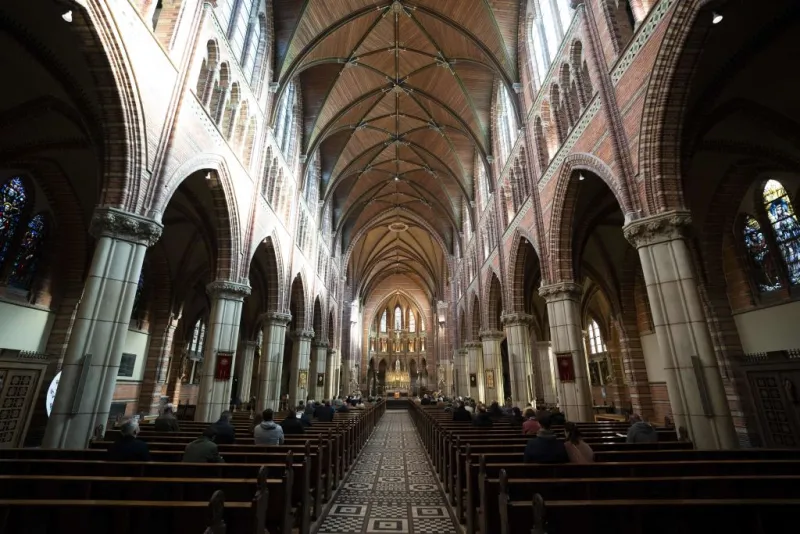
CNA Newsroom, Sep 6, 2022 / 10:00 am (CNA).
A diocese in the Netherlands says it will no longer offer Mass every Sunday in its parishes.
Instead, the Diocese of Roermond, in the country’s south, informed parishes in a letter of moving toward offering Mass only every other week.
Due to a shortage of priests and to save on energy costs, the diocese said it was abandoning its previous rule of offering at least one Sunday service in every parish.
“In addition, in some places, so few people participate in the Eucharist that it is much more motivating to bring together believers from different parishes in one joint eucharistic celebration,” Vicar General René Maessen wrote in the letter, dated August 2022.
“Financial arguments can also play a role in the consideration of no longer offering a Eucharist every week, but for example, once every two weeks,” the diocese wrote on its website.
These included in particular the high cost of gas and electricity. “Although financial reasons should never be the main item in pastoral affairs, they cannot be disregarded either,” Maessen said.
The decision was not made lightly, Maessen assured Catholics.
According to Dutch News, there are 3.7 million Catholics in the Netherlands, but only 4% regularly attend Mass. Roermond’s diocese is one of two dioceses with a majority of Catholics.
If you value the news and views Catholic World Report provides, please consider donating to support our efforts. Your contribution will help us continue to make CWR available to all readers worldwide for free, without a subscription. Thank you for your generosity!
Click here for more information on donating to CWR. Click here to sign up for our newsletter.





Shape of things to come.
Have they tried the TLM? Rumour has it that may bring in the younger set.
Gilberta: This is a common illogical and misleading falsehood that you should get rid of and deceptively advanced by promoters of the old pre-Vatican II Mass, that the Vatican II Mass attendance declines whereas with the Tridentine Mass attendance increases. There is totally no connection. Decrease in mass attendance is a result of a complex of social factors and can never be singularly attributed to the Vatican II Mass. Just take a look at the surging numbers and faith of emerging Catholic communities in Africa and Asia, they are nourished and sustained by the Vatican II Mass.
You shouldn’t comment on the subject if you are so devoid of knowledge as to believe there are such things as a “pre-Vatican II Mass” and a “Vatican II Mass.” They don’t exist. As far as your condescension goes, the prior suggestion was valid. Many Catholics do perfer to worship God instead of themselves.
DD;
You have no idea what you’re talking about. Have you ever even been to a Latin Mass? I have. There are people there who come 100 miles each way for the Mass, NOT wanting to go to the NO Mass a few miles away.
Deacon Dom,
I think the point is more about demographics. Traditional/Conservative Catholics are the only Catholic population in the West increasing demographically. Have you attended a TLM recently? They are full to overflowing with young families & numerous children in a similar way that Amish & Mennonite churches are. Hasidic communities also.
Western cultural Catholics are contracepting themselves into a virtual oblivion just like the popular culture that surrounds them.
Africa & Asia are different from the West & what works in those regions may look different also. But their surging numbers are fueled by people actually choosing to reproduce themselves. That’s what’s lacking in Holland & the West.
Good point Gilberta.
🙂
I offered the TLM for the first time on my ordination date in 2020. Such a relief to have full focus on whom I’m offering and not to play with the congregation with the banality of music that is so soul destroying! Great thing about the TLM is this focus on Christ and not the lame inaudible response to the prayers!
Interesting to see the response to my comment.
Today’s article (Sept. 7) in The Catholic Thing would seem to bolster the theory that the ditching of the TLM, in which Holland apparently played a role, wasn’t exactly a brilliant (or VII-mandated) move.